Nutrition
The Great Starvation Experiment, 1944-1945
I wrote this brief article a number of years ago. It used to be posted on another site, which no longer exists. So I'm relocating it here. . .One of the greatest killers of World War II wasn't bombs or bullets, but hunger. As the conflict raged on, destroying crops and disrupting supply lines, millions starved. During the Siege of Leningrad alone, over a thousand people a day died from lack of food. But starvation also occurred in a more unlikely place: Minneapolis, Minnesota. It was here that, in 1945, thirty-six men participated in a starvation experiment conducted by Dr. Ancel Keys.

Group photo of the participants
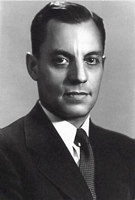
Dr. Ancel Keys
The starvation experiment developed out of Keys' interest in nutrition. He realized that although millions of people in Europe were suffering from famine, there was little doctors could do to help them once the war was over, because almost no scientific information existed about the physiological effects of starvation. Keys convinced the military that a study of starvation could yield information that would have both humanitarian and practical benefits — because knowing the best rehabilitation methods could ensure the health of the population and thereby help democracy grow in Europe after the war. Having secured his funding, Keys set out on his novel experiment.
More in extended >>
Posted By: Alex - Tue Mar 07, 2023 -
Comments (5)
Category: Experiments, Nutrition, 1940s, Dieting and Weight Loss
Follies of the Madmen #553
In 1970, everything was psychedelic, including kids' vitamins. The subtext of handing out groovy pills could not be denied.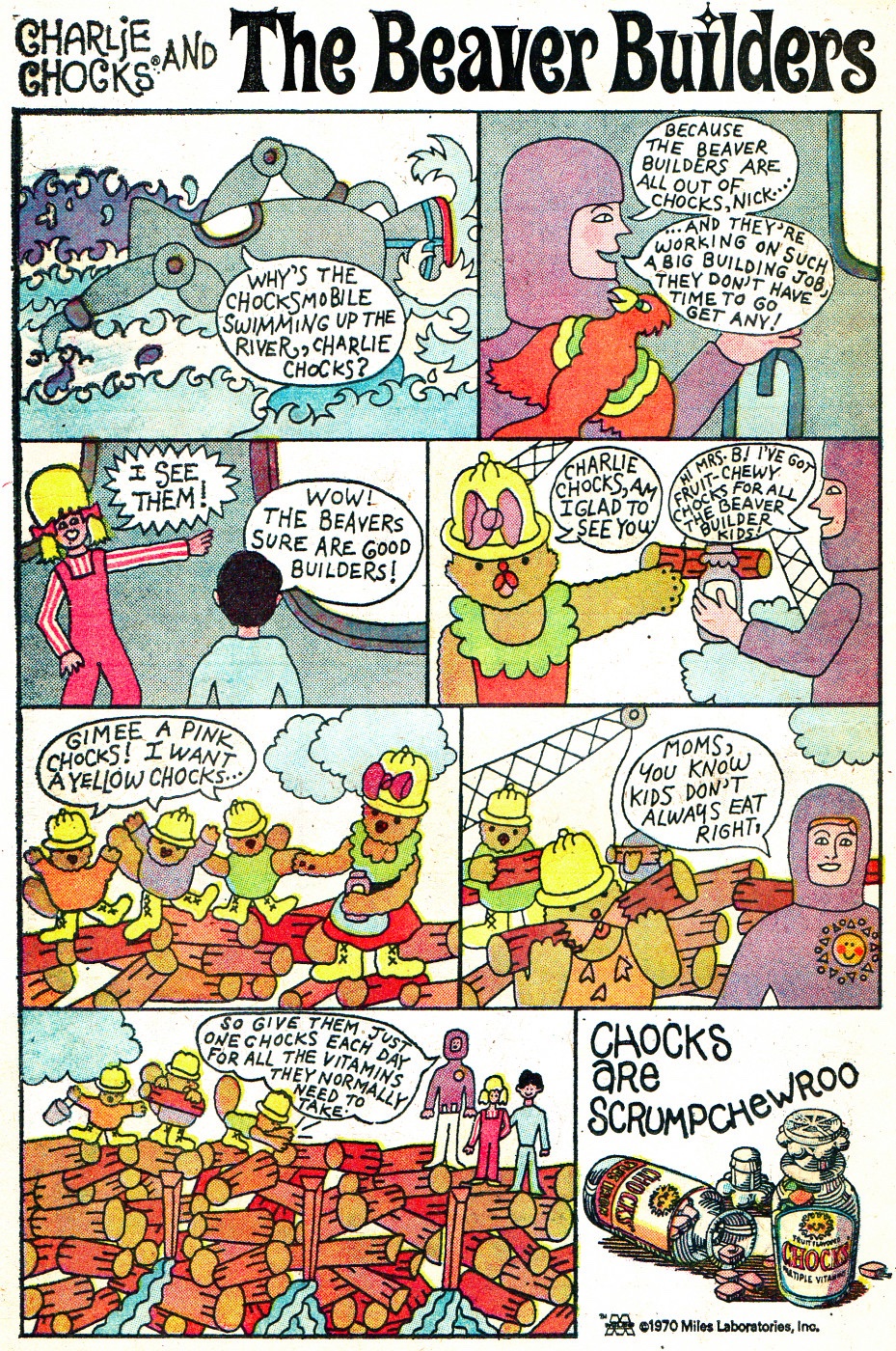
Posted By: Paul - Sun Jan 22, 2023 -
Comments (1)
Category: Advertising, Children, Nutrition, Psychedelic, 1970s
Meat Homogenate
For a mere $1,064 one can buy four cans of something called "meat homogenate" from the U.S. government's National Institute of Standards and Technology.
The stuff is edible. The NIST website describes it as "a mixture of pork and chicken products blended together in a commercial process." However, it's not actually supposed to be eaten. It's sold as "standard reference material." All the nutrients in it (fatty acids, cholesterol, calories, vitamins, etc.) have been carefully measured. So companies can buy it and use it to calibrate their own equipment used to measure the nutrients in the food they sell. The high cost of the meat homogenate reflects the work done to measure the nutrients. Not the food itself.
However, I think the NIST should sell 'meat homogenate' labels as a gag gift, and people could put them on their own cans. I wouldn't mind having a few cans of meat homogenate in the pantry to impress guests.
The NIST also sells three jars of peanut butter for $1,069.
Posted By: Alex - Mon Aug 22, 2022 -
Comments (5)
Category: Food, Nutrition, Government
The Good Book Cookbook
Not a lot of nouvelle or fusion or fast-food cuisine in this volume. (Read it here.)I did a search for "locusts" within the book, but no recipes, with honey or otherwise. However, you can source them here, at Biblical Protein.
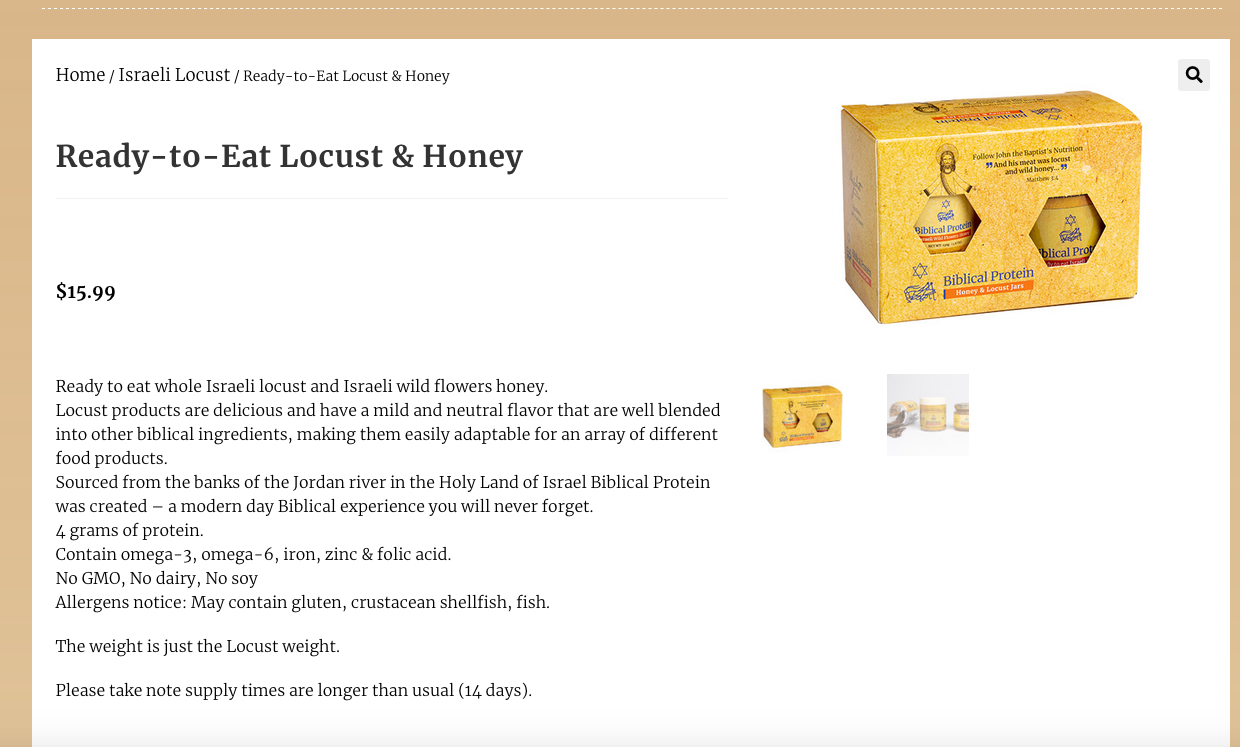

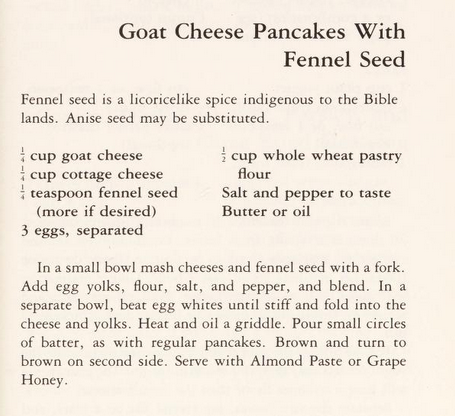
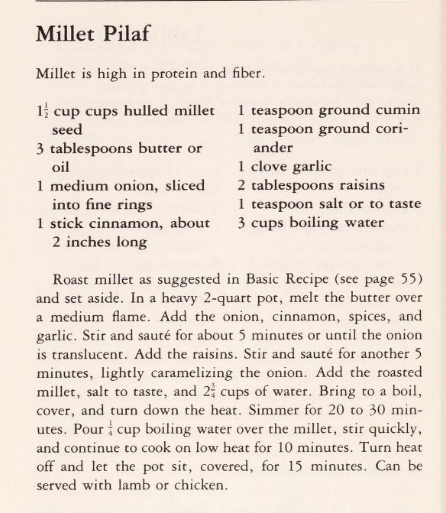
Posted By: Paul - Wed Jun 22, 2022 -
Comments (0)
Category: Food, Nutrition, Cookbooks, Religion, 1980s
The Shipwreck Diet
Studies conducted by the U.S. Army in the late 1940s sought to determine the minimum amount of food a person would need to survive if they were shipwrecked on a desert island.One of the oddities the researchers discovered was that if, for some reason, the shipwrecked person had to choose between steak and water, they should choose the water: "Protein has the effect of drying up the body. Therefore eating a steak on a desert island with little or no water available would probably be worse than eating nothing, depending upon how long rescue took."

"Shipwreck Diet: One of eleven Army volunteers who for six weeks will live on biscuits and water at the Metropolitan Hospital, New York City, to determine a human survival ration."
Newsweek - Mar 15, 1948


Waterloo Courier - Nov 16, 1949
Posted By: Alex - Mon Nov 16, 2020 -
Comments (4)
Category: Food, Nutrition, Experiments, 1940s, Dieting and Weight Loss
Sugar Doping
1924: Despite being fed sweet hot tea and peppermint creams in an experimental attempt to increase their energy, the Yale soccer team lost to the visiting team by 5 to 1.
Bridgeport Telegram - Nov 11, 1924
Posted By: Alex - Wed Jun 10, 2020 -
Comments (0)
Category: Sports, Experiments, Junk Food, Nutrition, 1920s
Halloween Donut Party
Throughout the 1950s, the donut industry tried hard to make Donut Parties a Halloween tradition. Their PR men also claimed that donuts could help make Halloween "more nutritious."
San Bernardino County Sun - Oct 30, 1957

San Bernardino County Sun - Oct 30, 1957

Oct 23, 1955 - “Dos & Don’ts for Halloween Donut Party”

The Salem News - Oct 17, 1955
Posted By: Alex - Thu Oct 31, 2019 -
Comments (4)
Category: Food, Junk Food, Nutrition, Halloween
The Gandhi Diet
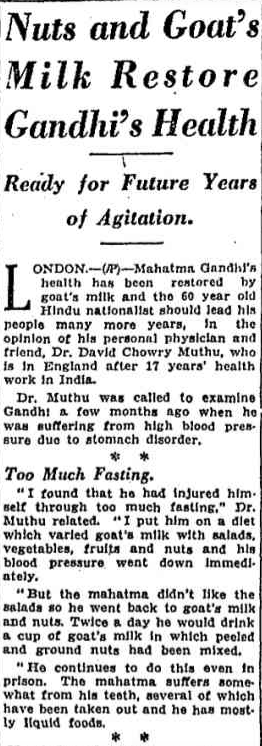
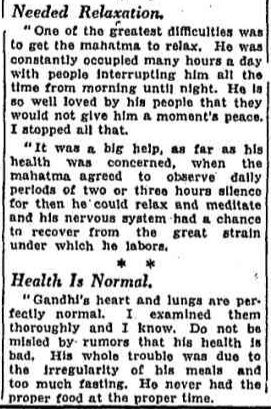
I'm surprised no one has yet cashed in on this and written a bestseller called THE GANDHI DIET.
Posted By: Paul - Sat Aug 26, 2017 -
Comments (0)
Category: Celebrities, Reformers, Do-gooders, Agitators and SJWs, Nutrition, Historical Figure, 1930s, India
Ice Cream as Health Food
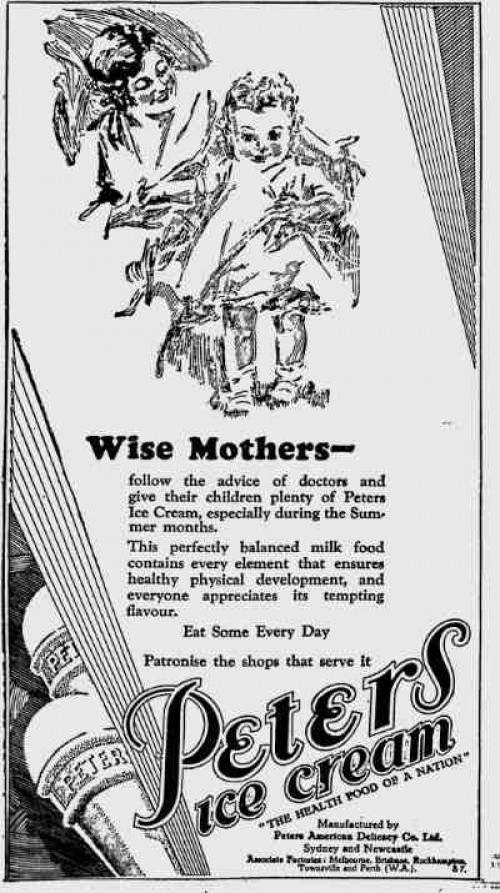
Original ad here. (Scroll to the left.)
Posted By: Paul - Sat Jun 13, 2015 -
Comments (3)
Category: Advertising, Children, Junk Food, Nutrition, 1930s, Australia
ABOUT D@%N TIME

France has enacted a law limiting excessively thin models from working until their BMI reaches a minimum level set forth in the law. Fines and even jail time can be leveled against fashion houses and modeling agents trying to use models that are thinner than the law allows. Its about time we quit letting vanity destroy our little girls.
Posted By: Alex - Sun Apr 05, 2015 -
Comments (13)
Category: Addictions, Eating, Design and Designers, Fashion, Food, Nutrition, Health, Disease, Mental Health and Insanity

| Who We Are |
|---|
| Alex Boese Alex is the creator and curator of the Museum of Hoaxes. He's also the author of various weird, non-fiction, science-themed books such as Elephants on Acid and Psychedelic Apes. Paul Di Filippo Paul has been paid to put weird ideas into fictional form for over thirty years, in his career as a noted science fiction writer. He has recently begun blogging on many curious topics with three fellow writers at The Inferior 4+1. Contact Us |




